Introduction
If you are looking for a beautiful and vibrant addition to your garden, look no further than Mandevilla Splendens. This stunning plant is a popular choice for landscaping and gardening due to its striking appearance and ease of cultivation. In this comprehensive guide, we will explore the characteristics of Mandevilla Splendens, how to cultivate it, common pests and diseases to watch out for, and its various uses. By the end of this article, you will have a deeper understanding of the beauty and benefits of this remarkable plant.
With its bright and bold flowers, Mandevilla Splendens is sure to catch the eye of anyone passing by. But there is more to this plant than just its appearance. Its medicinal properties and cultural significance make it a valuable addition to any garden or landscape. So let’s dive in and discover all there is to know about Mandevilla Splendens.
Characteristics of Mandevilla Splendens
Mandevilla Splendens is a tropical plant that is native to South America. It is a member of the Apocynaceae family, which includes other popular plants such as Oleander and Frangipani. Here are some of the key characteristics of this beautiful plant:
Physical Appearance
Mandevilla Splendens is a woody vine that can grow up to 10 feet tall. It has glossy, dark green leaves that are around 4 inches long and 2 inches wide. The flowers of the plant are trumpet-shaped and come in a variety of colors, including pink, red, and white. They can grow up to 4 inches in diameter and have a sweet fragrance.
Growth Habit of Mandevilla Splendens
Mandevilla Splendens is a fast-growing plant that requires support to climb. It can be trained to grow on trellises, fences, or walls. The plant is evergreen in warm climates and will lose its leaves in colder temperatures.
Flowering Period
Mandevilla Splendens blooms from late spring to early fall. It requires a lot of sunlight to produce flowers, so it is best grown in full sun or partial shade.
Climate and Soil Requirements
Mandevilla Splendens is a tropical plant that thrives in warm and humid conditions. It requires well-draining soil that is rich in organic matter. The plant is not frost-tolerant and should be protected from cold temperatures.
Overall, Mandevilla Splendens is a stunning plant that is easy to grow and maintain. Its vibrant flowers and glossy leaves make it a popular choice for adding color and texture to any garden or landscape.
Cultivation of Mandevilla Splendens
Mandevilla Splendens is a relatively easy plant to cultivate, making it a popular choice for both beginner and experienced gardeners. Here are some tips for successfully growing and maintaining this beautiful plant:
Propagation Methods
Mandevilla Splendens can be propagated through stem cuttings or seeds. Stem cuttings should be taken in the spring or summer and rooted in a well-draining soil mix. Seeds should be sown in the spring and kept in a warm, humid environment until they germinate.
Soil Preparation
Mandevilla Splendens requires well-draining soil that is rich in organic matter. Before planting, amend the soil with compost or other organic material to improve drainage and fertility.
Planting Techniques for Mandevilla Splendens
When planting Mandevilla Splendens, choose a location that receives full sun or partial shade. The plant should be supported with a trellis or other structure to allow it to climb. Dig a hole that is slightly larger than the root ball and backfill with soil, pressing firmly around the base of the plant.
Watering and Fertilization of Mandevilla Splendens
Mandevilla Splendens requires regular watering, especially during hot, dry weather. Water deeply and allow the soil to dry out slightly between waterings. Fertilize the plant with a balanced, water-soluble fertilizer every 2-3 weeks during the growing season.
Pruning and Training
Prune Mandevilla Splendens in the early spring to remove any dead or damaged wood. Train the plant to climb a trellis or other structure by tying the stems to the support with a soft, flexible material.
By following these cultivation tips, you can enjoy the beauty of Mandevilla Splendens in your garden or landscape. With proper care and attention, this stunning plant will thrive and provide vibrant color and fragrance throughout the growing season.
Common Pests and Diseases
Mandevilla Splendens is a perennial plant that is relatively resistant to pests and diseases. However, like any plant, it is not immune to problems. Here are some of the most common pests and diseases that can attack this plant:
Pests of Mandevilla Splendens
- Spider Mites: These tiny pests can cause leaves to yellow and fall off. They are most common in hot, dry weather and can be controlled with a strong blast of water or insecticidal soap.
- Whiteflies: These small, white insects can cause leaves to yellow and stunt growth. They can be controlled with insecticidal soap or neem oil.
- Mealybugs: These small, white insects can cause leaves to curl and turn yellow. They can be controlled with insecticidal soap or neem oil.
Diseases
- Powdery Mildew: This fungal disease appears as a white, powdery coating on leaves and stems. It is most common in humid weather and can be prevented by providing good air circulation and avoiding overhead watering.
- Leaf Spot: This bacterial disease appears as brown or black spots on leaves. It can be prevented by avoiding overhead watering and providing good air circulation.
- Root Rot: This fungal disease can be caused by overwatering or poorly draining soil. It can be prevented by ensuring proper drainage and allowing the soil to dry out slightly between waterings.
By monitoring your Mandevilla Splendens for these common pests and diseases and taking steps to prevent and control them, you can ensure that your plant remains healthy and vibrant throughout the growing season. Regular maintenance, such as pruning and fertilizing, can also help to keep your plant strong and resistant to problems.
Uses of Mandevilla Splendens
Mandevilla Splendens is a versatile plant that can be used in a variety of ways to add beauty and interest to your garden or landscape. Here are some of the most common uses of this stunning plant:
Vertical Interest
This flower is a climbing plant that can be trained to grow a trellis, fence or wall. Its woody stems and glossy leaves provide vertical appeal, while its vibrant flowers add color and fragrance.
Container Gardening
This plant is also suitable for container gardening. Their compact size and ability to climb make them a great choice for adding height and interest to a patio or balcony. It can be grown in a variety of containers, from traditional pots to hanging baskets.
Mixed Borders
Can be used in blended borders to add color and texture. Its vibrant flowers and glossy leaves complement a variety of other plants, including annuals and perennials.
Tropical Gardens
Mandevilla Splendens is a tropical plant that is well-suited to tropical gardens. Its vibrant flowers and glossy leaves add to the lush, exotic feel of these types of gardens.
Cut Flowers
This plant is also a great choice for cut flowers. Its trumpet-shaped flowers and sweet fragrance make it a popular choice for bouquets.
Whether you’re looking to add vertical interest to your garden, brighten up a container garden, or create a lush tropical paradise, this flower is a versatile plant that can meet your needs. With its stunning flowers and glossy leaves, it is sure to add beauty and interest to any space
Conclusion
In conclusion, Mandevilla Splendens is a beautiful and versatile plant that can add color, fragrance and interest to any garden or landscape. With their amazing climbing abilities and trumpet-shaped flowers, these plants can be used in a variety of ways, from vertical flowers to container gardening to mixed borders. Although relatively easy to cultivate, it is important to monitor common pests and diseases and take steps to prevent and control them. With proper care and attention, these flowers can thrive and provide vibrant color and fragrance throughout the growing season. So if you want to add some beauty and interest to your garden or landscape, consider adding this plant to your plant collection.

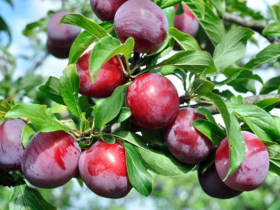
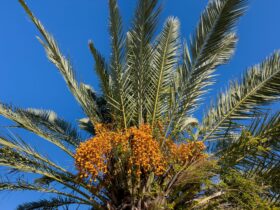
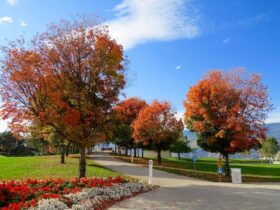
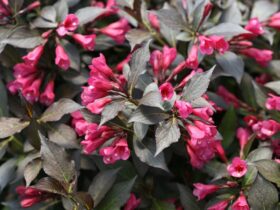
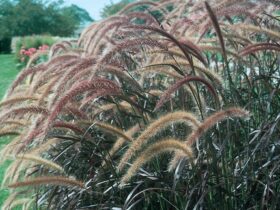
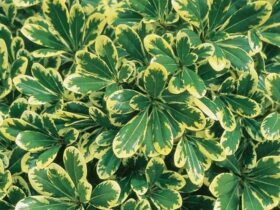

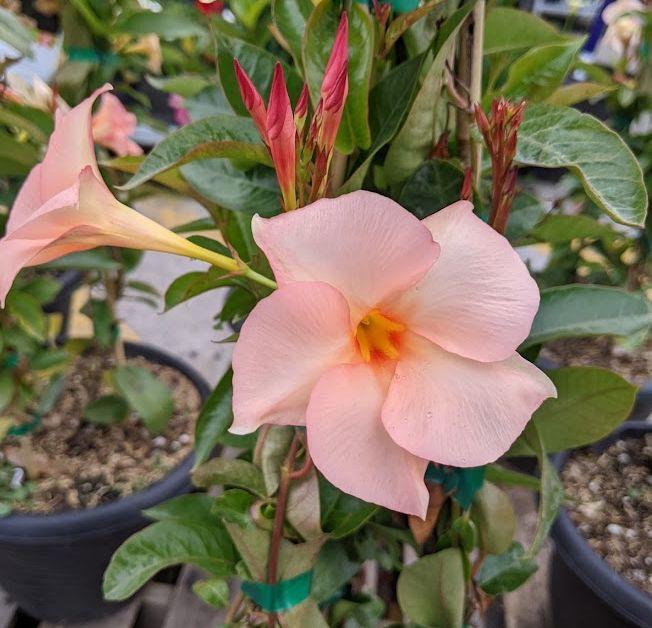
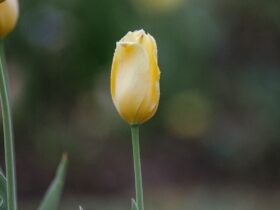

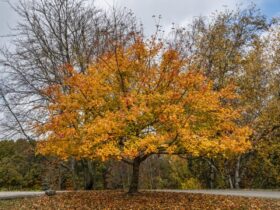
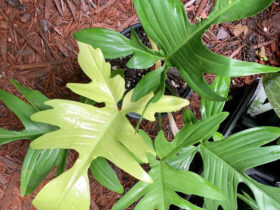
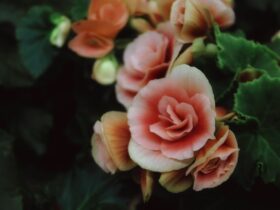
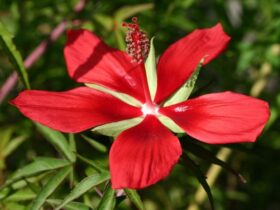
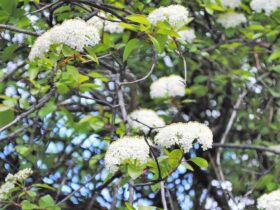
Leave a Reply